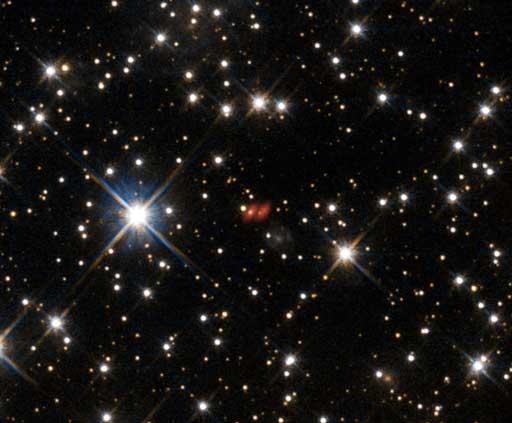How Does Atmospheric Extinction Affect the Brightness of Stars?

Question:
On a generally clear night with dark skies (without light pollution), at what altitudes do stars of various magnitudes become invisible due to atmospheric extinction? In other words, how bright does a star actually have to be to be seen setting on a 0° altitude horizon? How does this change with higher altitudes like .5°, 1°, 1.5°, etc. What about something like -0.5° from a high viewpoint? Is there a formula or a some way to graphically represent the relationship between magnitude and altitude for atmospheric extinction?
Answer:
Michael Richmond has provided an excellent description of the physics of atmospheric extinction (and refraction) on his Atmospheric Effects: Extinction and Seeing web site. In summary, a star’s magnitude is increased (i.e. it becomes dimmer) linearly with increasing airmass (a relative measure of the thickness of the Earth’s atmosphere, where one airmass is the thickness of the Earth’s atmosphere at the local zenith). This relationship does have a wavelength dependence, as shorter wavelengths are blocked more efficiently than longer wavelengths.





